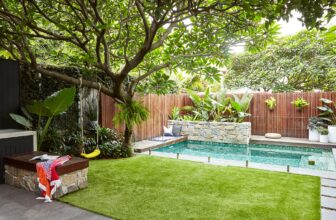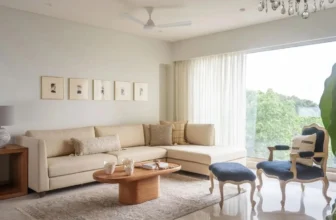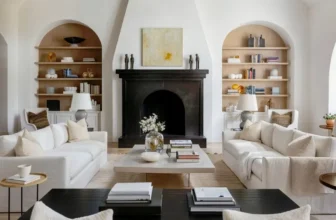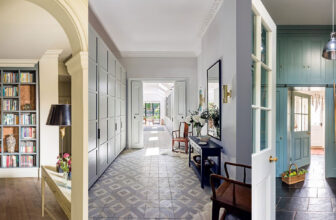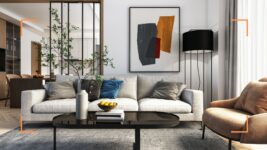
Experts Say You Shouldn’t Mix Interior Design Styles
In the ever-evolving world of interior design, it’s common to hear trendy advice encouraging bold experimentation, personalization, and creative freedom. But when it comes to mixing design styles, a growing number of design experts are waving a cautionary flag. The message? Be careful—blending different aesthetics can do more harm than good if you’re not intentional about it.
So why are some designers saying you shouldn’t mix interior design styles? And is it really a hard-and-fast rule? Let’s break down what the experts are warning about—and when it’s okay to bend (or even break) the rules.
Why Mixing Styles Can Be a Design Disaster
Mixing design styles sounds liberating in theory—mid-century meets boho, industrial with farmhouse—but without a strategic approach, it can quickly lead to visual chaos. Here’s what experts warn can go wrong:
1. Lack of Cohesion
Designers stress the importance of a cohesive visual narrative. Combining conflicting design styles—like pairing ornate Victorian furniture with ultra-minimalist decor—can result in a space that feels disjointed and uncomfortable.
“It’s like trying to write a story in two different languages at once,” says interior designer Natalie Bowen. “The message gets lost, and the eye doesn’t know where to rest.”
2. Competing Focal Points
Each design style has its own visual strengths. A rustic stone fireplace might compete with a sleek chrome chandelier, instead of complementing it. When every piece fights for attention, the result is often aesthetic fatigue.
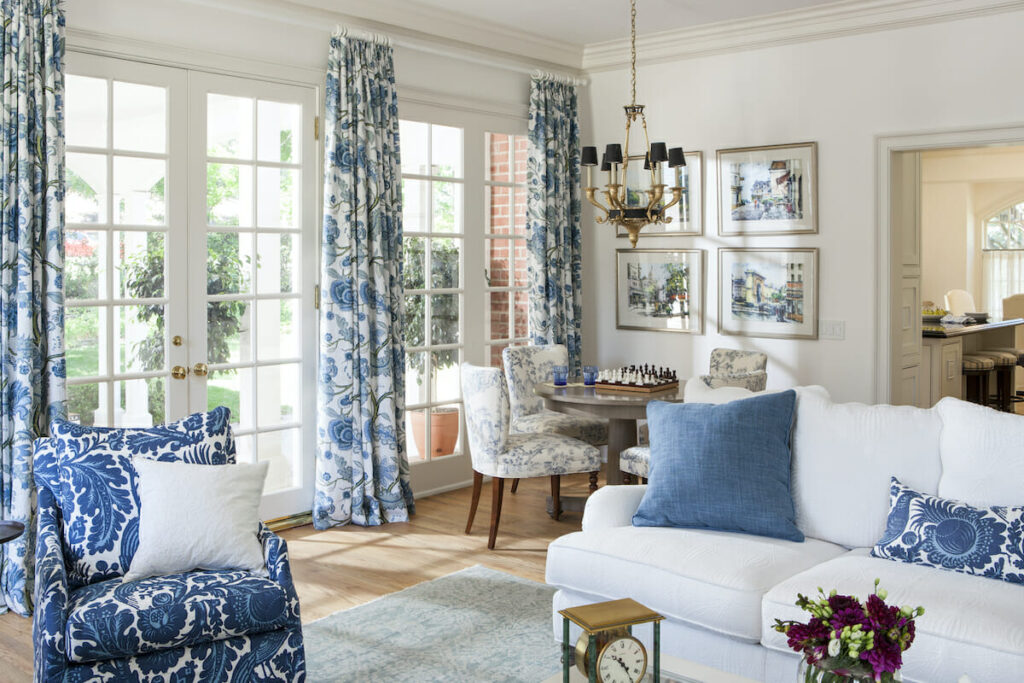
3. Color and Texture Clashes
Design styles often come with distinct color palettes and material choices. Scandinavian neutrals might not gel with maximalist jewel tones. Too many contrasting textures—like raw wood next to polished marble and velvet—can overwhelm the senses.
When Experts Say Mixing Works—If You Do It Right
Not all experts are strictly against mixing styles. In fact, many acknowledge that when done thoughtfully, blending aesthetics can result in a sophisticated and layered interior. The key is balance and intention.
1. Choose a Dominant Style
Start with a primary design language that sets the tone. If your foundation is modern, you can weave in vintage accents sparingly for warmth and depth. Think of it like cooking—your base flavor dominates, and your “seasoning” enhances.
2. Find a Common Element
Link styles using shared elements like color, shape, or materials. For example, you might mix industrial and rustic if both use similar wood tones or matte black hardware.
“Even when blending styles, consistency in color and material helps anchor the room,” advises interior stylist James Ellery. “It gives the eye a sense of rhythm.”
3. Use Transitional Pieces
Transitional furniture—a hybrid of traditional and contemporary—can act as a bridge between styles. A tufted velvet sofa in a modern color, for instance, connects classic design with a modern palette.
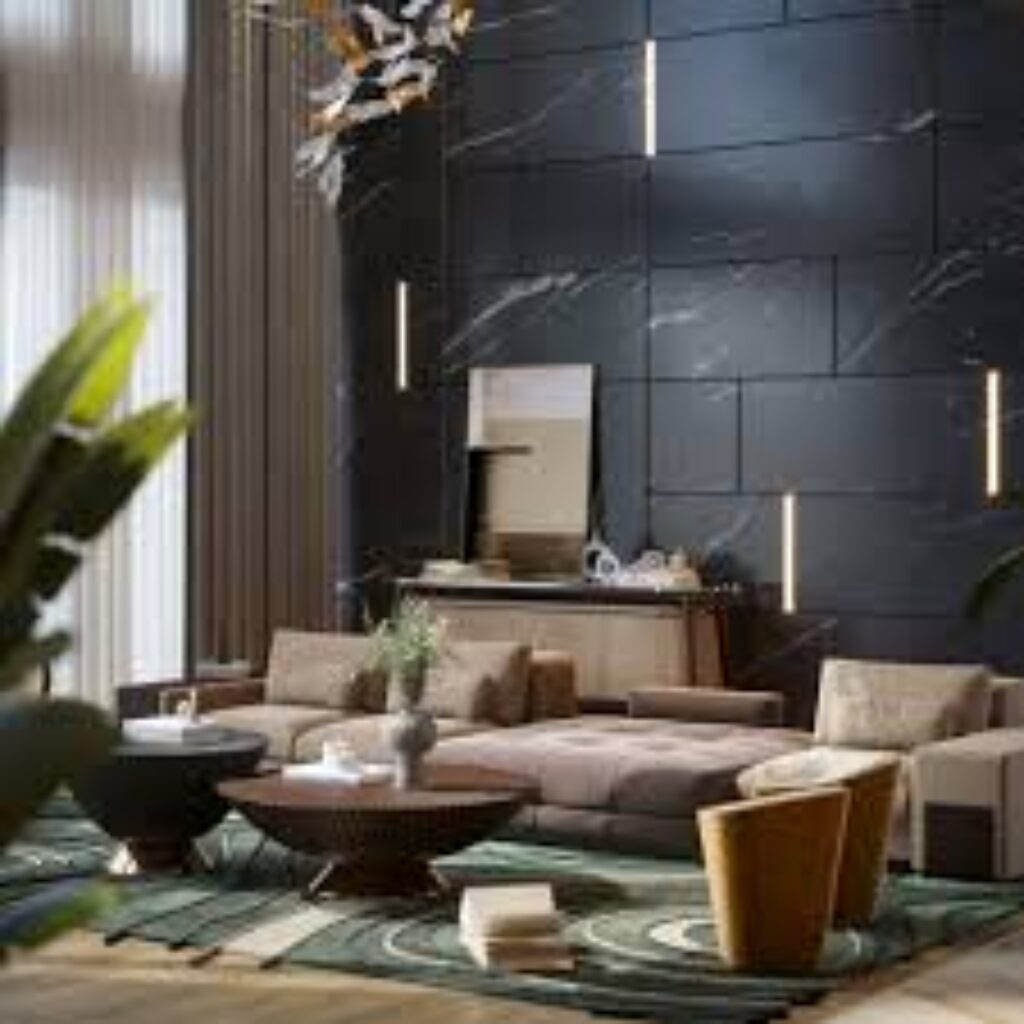
Design Style Combos That (Usually) Clash
Some style combinations are particularly tricky and rarely recommended by pros:
- Minimalist + Maximalist: One craves calm, the other craves chaos. Without restraint, this pairing can become sensory overload.
- Bohemian + Industrial: Boho’s organic textures can clash with industrial’s cold, rigid lines unless expertly blended.
- Traditional + Ultra-Modern: These extremes often sit awkwardly together unless layered with transitional elements.
The Psychology of Mismatched Interiors
Beyond aesthetics, mismatched interiors can affect how you feel in your home. Disjointed spaces can increase anxiety, make rooms feel smaller or cluttered, and detract from relaxation. Design psychologist Dr. Leslie Carr notes, “Visual harmony directly contributes to emotional comfort. Clashing styles can unintentionally create tension.”
Exceptions to the Rule
Creative homeowners and experienced designers often break the “don’t mix” rule with flair. The difference? They know how to break it. Eclectic style, for instance, is built on a mix—but it still relies on rules: repetition of color, visual balance, and scale.
“It’s not about following trends or rules blindly—it’s about intentional choices,” says designer Melina Taylor. “You can mix if you mix with purpose.”
Final Takeaway: Mix If You Must—But Mix With Meaning
Experts aren’t against creativity; they’re advocating for clarity, intention, and design literacy. If you love two styles, don’t feel like you must choose one over the other. But before blending them, ask:
- What’s my dominant style?
- How will these elements work together visually?
- Is there a common thread—color, shape, texture—that connects them?
Ultimately, your space should reflect your personality, but also function as a sanctuary. Whether you mix boldly or stick to one style, design with purpose—and your home will feel like you.



